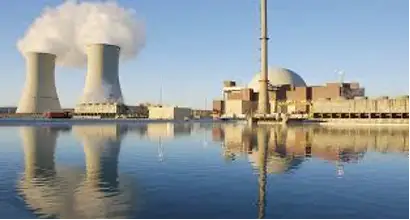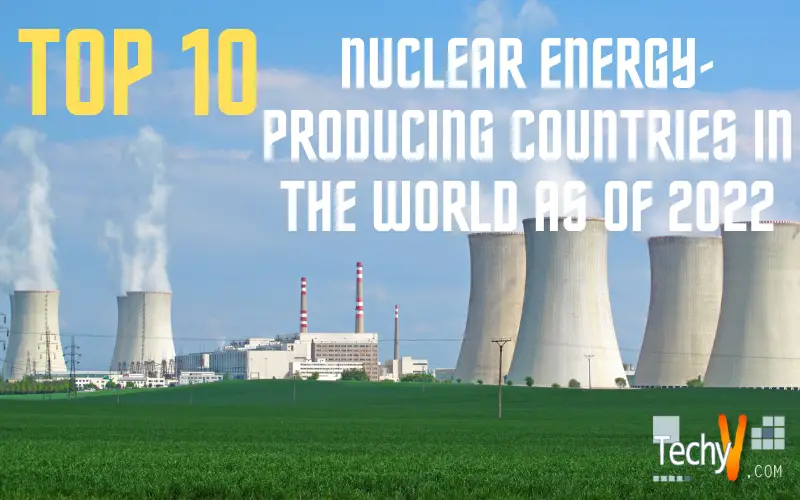Nuclear energy generates by converting the energy contained in uranium atoms into electrical energy. Nuclear energy has numerous advantages, including the fact that it is one of the most low-carbon energy sources, has one of the smallest carbon footprints, is one of the solutions to the energy gap, and is critical to our response to climate change and greenhouse gas emissions. Not only that, but it is dependable, cost-effective, and environmentally friendly. The use of nuclear power is growing, and the following are the top countries in the world that produce nuclear power.
1. The United States Of America
The United States currently operates 100 reactors and thus has its position on top. Nuclear energy matured in the 1970s, with nearly every current reactor in the United States starting construction by the middle of the decade in response to the Manhattan Project’s ballooning costs — federal officials wanted researchers to find a civilian use for the technology. But in 1979, the nuclear expansion was halted as the Three Mile Island Disaster took place. Finally, nuclear power was thrust into the spotlight in 2013 when construction on the first of five newly approved reactors at existing power plants started. In the coming years, planned nuclear grid expansions could provide 7,700 MW of power.
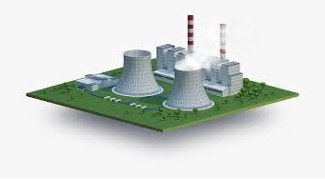
2. Japan
Japan currently operates 33 nuclear reactors with a total installed capacity of 31.7 GW, with two reactors (Ohma 1 and Shimane 3) under construction with a total capacity of 2.6GW. Before the Fukushima Daiichi plant meltdown in March 2011, Japan derived approximately 30% of its power requirements from nuclear energy. Following the incident, the Japanese government suspended all nuclear power generation for two years. During these two years, coal power increased, as did coal imports. The shutdown of nuclear power plants resulted in a flow of national wealth. The generation has gradually resumed since then. In 2019, Japan generated 65.7TWh of nuclear energy.
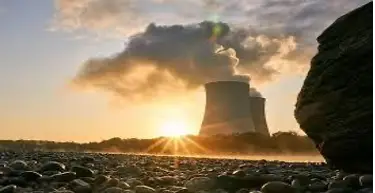
3. France
France’s nuclear power is considered “world-leading,” citing the country’s ability to generate the majority of its electricity through nuclear power as a major success story and is also the world’s largest net exporter of electricity to countries like- Switzerland, Italy, and Belgium. A major twist happened with the election of President Francois Hollande in 2012, which resulted in a shift in nuclear policy, as Hollande ran on a platform of reducing France’s reliance on nuclear power from 75% to less than 50%. Even then, France is still a world leader in nuclear energy technology, having recently completed the cutting-edge Flamanville 3 Reactor and exporting the technology to other countries.
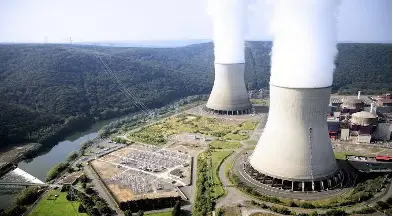
4. China
Nuclear power is a highly appealing energy solution for a country that relies heavily on coal and has poor air quality. As a result, China plans to increase its reliance on nuclear energy by completing the construction of 13 new reactors by 2018. China intends to increase the electricity generated by nuclear power from 2% to 6% by 2020. China has also begun exporting its technology to several countries.
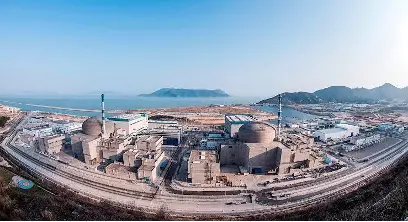
5. Russia
Nuclear energy accounted for 17.8 percent of total electricity production in Russia. The Russian government established an energy goal of doubling nuclear power generation by 2020 in 2003. Russia is expecting that nuclear power will supply 50 % of energy by 2050 according to their long-term strategy. To that end, Russia is attempting to construct an additional 28 reactors over the next two decades. In 2013, Russia allocated $2.4 billion to nuclear projects, with a focus on plants in foreign countries that Russia could build, own, and operate.
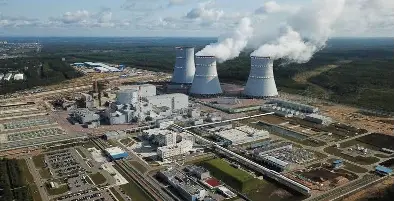
6. Canada
Canada has 19 nuclear reactors spread across four power plants, with Canadian Deuterium-Uranium (CANDU) reactors used. In 2019, Canada produced 94.9TWh of nuclear energy, accounting for 14.9 percent of total power generation. The total installed capacity of the country’s power plants is 13.6GW.
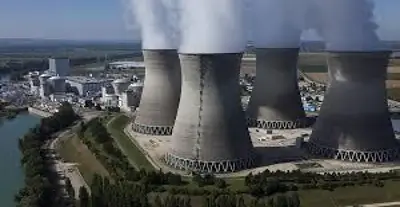
7. South Korea
South Africa’s current reactors produce 143,550 gigawatt-hours of nuclear energy. South Africa is still emerging as a nuclear power, thanks to the development of advanced reactors that it hopes to export to Middle Eastern countries, as well as India and China. South Korea currently has five reactors scheduled to begin operations in 2021.
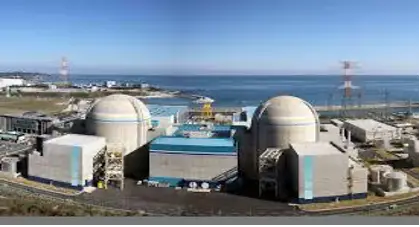
8. Ukraine
Ukraine currently has 15 operational nuclear reactors with a total net installed capacity of 13.1GW, with two more reactors (Khmelnitskii 3 and 4). When completed, these pressurized heavy water reactors will have a net capacity of 2GW. In 2019, Ukraine produced 78.1TWh of nuclear energy, accounting for 53.9 percent of total electricity production. The country relieson nuclear energy and imports most of its nuclear fuel and services from Russia. Due to geopolitical tensions, the country purchases fuel from the US company Westinghouse to reduce its reliance on Russia.
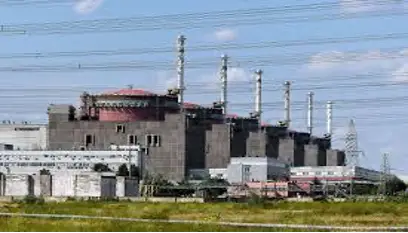
9. The United Kingdom
The United Kingdom has 13 operational nuclear reactors and has a total net nuclear energy capacity of 8.9GW. The country generated 51TWh of nuclear energy, accounting for approximately 16% of total electricity output in 2019. The construction of two new reactors at the operational Hinkley Point plant, with a combined capacity of 3.3GW, has begun. Which would further generate 7% of the country’s current electricity needs.
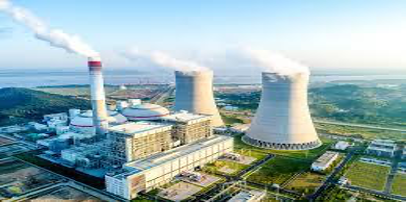
10. Spain
Sweden was previously ranked tenth. Following the closure of its Ringhals 1 and 2 reactors, the country’s installed nuclear capacity fell below that of Spain. At the moment, nuclear power generates about 22% of Spain’s electricity. The installed capacity of the country is 7.1GW, which is generated by seven reactors.
